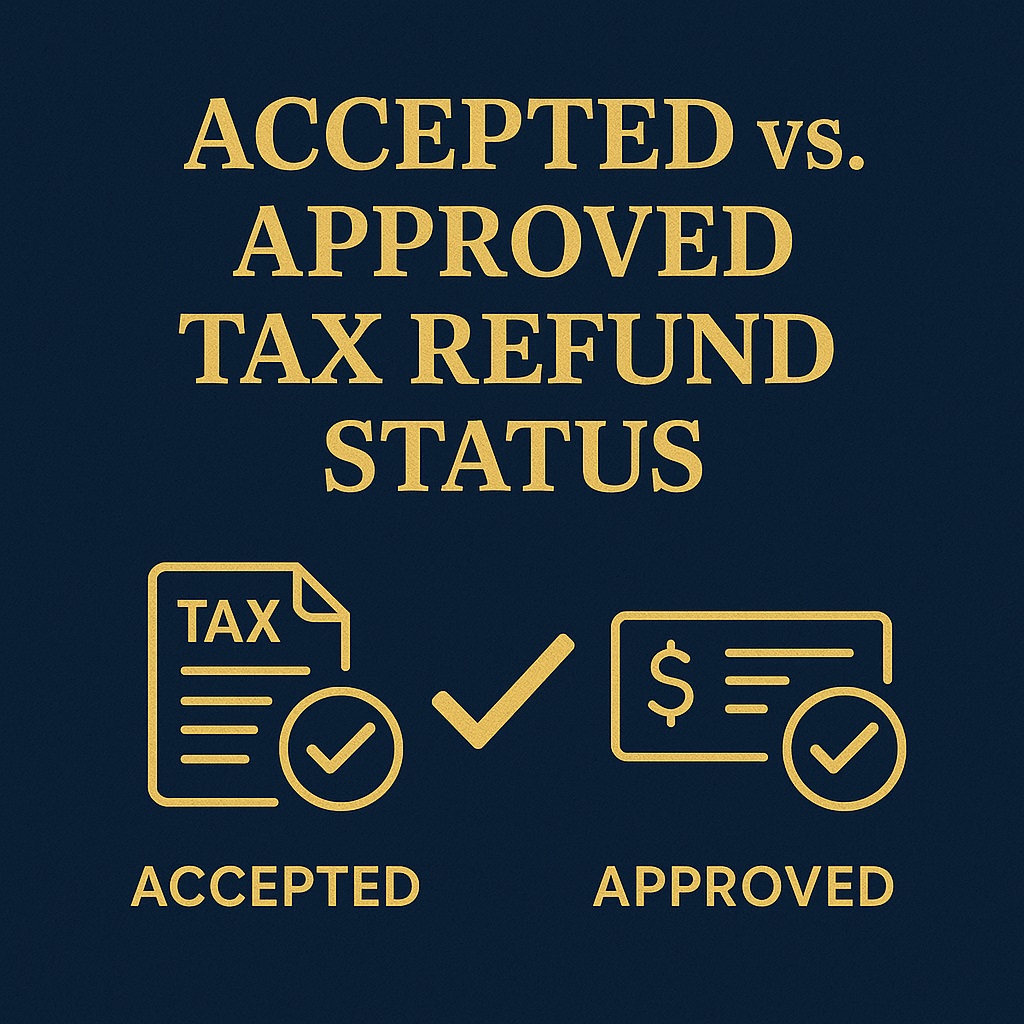Accepted and approved are two distinct stages in the IRS refund process, and each message means something important for taxpayers. “Accepted” simply means the IRS has received your tax return and has performed a basic check to make sure your data is correct and nothing major is missing or mismatched—it’s the starting line for your refund journey, not the finish line. Your return is now in line for detailed IRS processing, but at this stage, your refund is not guaranteed and your return could still be rejected if deeper issues arise.

Once your return has passed deeper IRS scrutiny—meaning income, credits, and deductions are validated and no red flags are found—your return is “approved.” Approval means the IRS has finished reviewing your return and cleared it for payment if you’re due a refund. At this stage, your refund moves closer to being sent to your bank account or mailbox, and you’ll typically see a payment date posted on the IRS “Where’s My Refund?” website.
Accepted vs. Approved: What the Status Means
| Status | What it Means | What You Should Do |
|---|---|---|
| Accepted | IRS received your return; initial check passed | Relax, but keep tracking |
| Approved | IRS has finished processing and cleared refund | Expect payment soon; check date |
Step-by-Step: How to Track & Respond
Step 1: File Return & Get Status
- After submitting your return, watch for the “accepted” status—usually within 24–48 hours if you e-file.
Step 2: Wait for Approval
- Approval generally takes up to 21 days for most e-filed returns, but complicated returns can take longer.
Step 3: Monitor “Where’s My Refund?”
Step 4: Be Patient, but Act if Delayed
- If your return is stuck more than 21 days after acceptance or flagged for review, contact the IRS or a tax professional.
